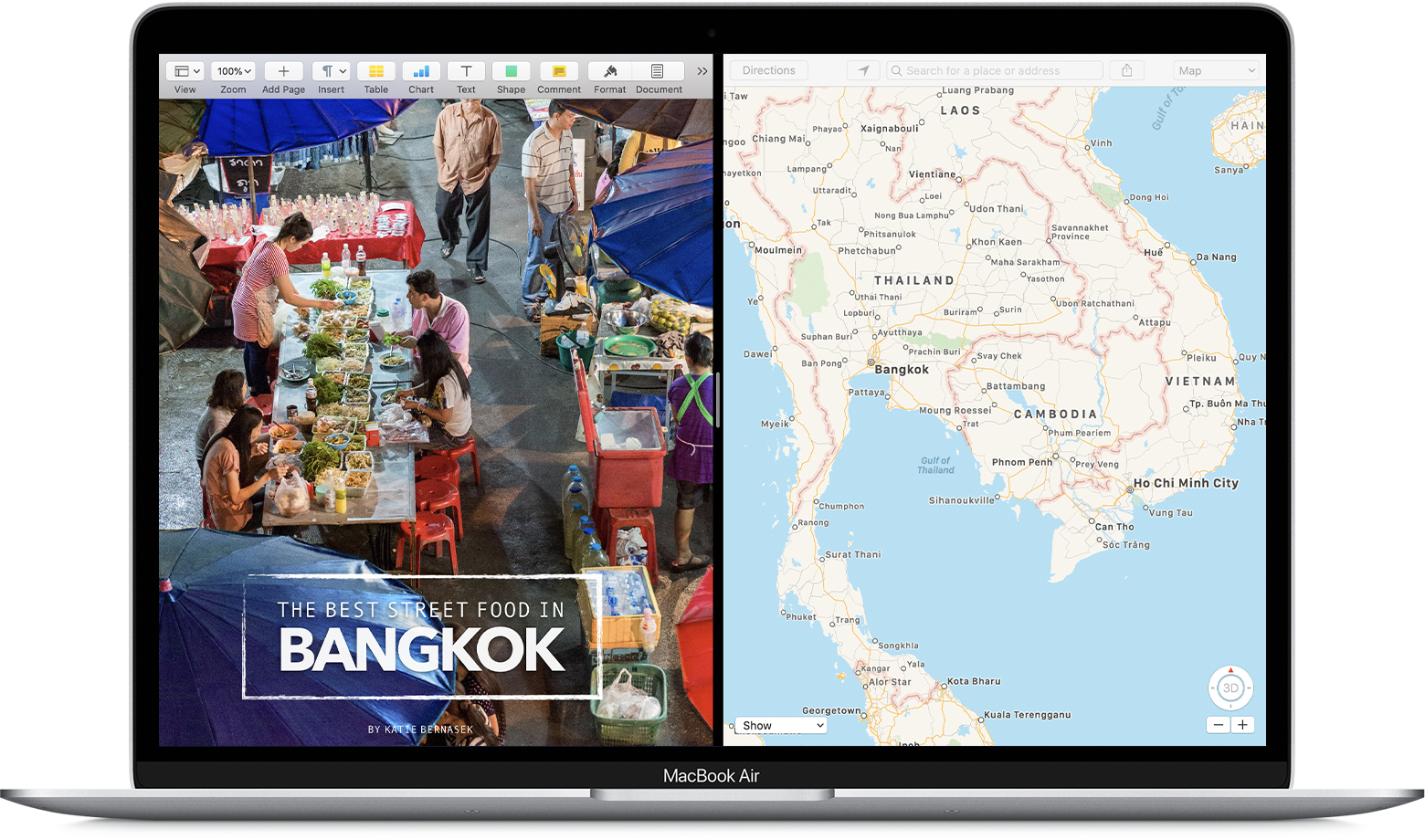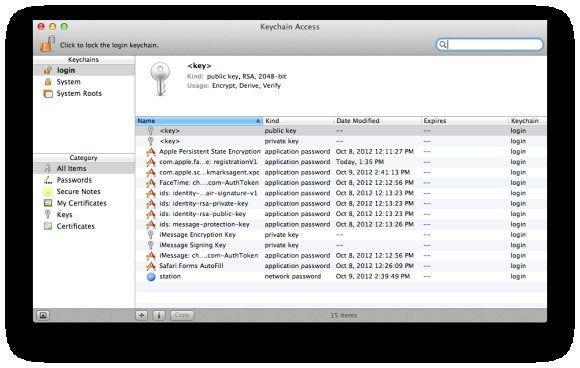- Remote Desktop Mac App
- Mac Desktop App Store
- Mac Show Desktop App Desktop
- Mac Show Desktop App Windows 10
When you download an app on Android or Windows, you get an option, or it automatically creates a shortcut on the home screen or the desktop. On Mac too creating a folder or app shortcut is extremely easy. It hardly requires four clicks. We first make an alias and then move it to the desired location.
Zoom application permissions. Due to increased security and permissions with Mac OS 10.14 Mojave and 10.15 Catalina, you will be prompted to authorize the Zoom Desktop Client to use the microphone, camera, and on Mac OS 10.15 Catalina, screen recording. The permissions are set within System Preferences of the device. Get Skype, free messaging and video chat app. Conference calls for up to 25 people. Download Skype for Windows, Mac or Linux today. The Mac App Store features rich editorial content and great apps for Mac. Explore the Mac App Store. Get more out of Mac. Bundle up to six Apple services. 5 And enjoy more for less. Try it free 6; Learn more; Apple TV Plus. Get 1 year of Apple TV+ free when you buy a Mac.
You can add shortcuts for folders and apps to the desktop or Dock of your Mac. The first method below is the one I prefer. The second method is also quick, but it at times copies the folder instead of making the shortcut. Anyways, here are two easy ways to create desktop shortcuts on Mac running macOS Catalina.
Download App Store. Turn off the light in Dark Mode. Give your eyes some rest with a sleek new look. Express yourself with Stickers, GIFs and Emojis. Use custom stickers to show your creative side. Send and receive photos, and videos. There's no limit to the number of files you want to share. Unlimited free video, and phone calls.
Use Third-party Apps to Hide Desktop Icons on Mac. While using the Terminal to hide desktop icons on a Mac isn’t a difficult task, if you need to hide/unhide desktop icons in macOS on a very regular basis, using the Terminal might not be the most efficient method for you. Visual Studio 2019 for Mac. Develop apps and games for iOS, Android and using.NET. Download Visual Studio for Mac. Create and deploy scalable, performant apps using.NET and C# on the Mac.
How to Create Desktop Shortcuts on Mac
Step #1. Decide which folder’s or app’s desktop shortcut you want to create. Find where the folder is located. If you cannot find it, see the end for instructions.
Step #2.Right-click on the folder or app name and click on Make Alias.
Step #3. You will see that a shortcut is immediately created for that folder or app. Press enter key. It has the word alias at the end of the name.
Step #4. Drag this shortcut to your desktop or Dock. You may also copy the shortcut and paste it on the desktop.
Remote Desktop Mac App
Lufthansa entertainment app mac. This is it!
You have successfully created the desktop shortcut for a folder or app. Now you may quickly use this to open that folder, or launch the app. You may repeat this with as many folders and apps you like.
If you wish, you may select the shortcut, press the enter key, and rename it to remove the word ‘alias.’
Mac Desktop App Store
Finally, if you wish to see the original folder, right-click on the shortcut icon and click on Show Original.
Note 1: Even if you move the original folder to some other location, the shortcut you created still works. Beautiful! Isn’t it.
Note 2: You may use this method to create shortcuts even for files like image, document, zip, music, movie, etc.
Not able to Find the Folder Location?
Finding applications is clear. You click on Finder → Applications, and there you have all your applications. Knowing the location of the Folders you create is also straightforward.

But for some folders, especially system folders like Downloads, Documents, etc. it may be a bit tough to know the path. Here are some ways to know it.
#1. From Sidebar: Launch Finder, place your pointer on the folder name in left Sidebar, and then right-click. Finally, click Show in Enclosing Folder. Now follow the above steps.
#2. Using Path Bar: Be inside Finder and click on View from the menu bar. Now click Show Path Bar. A tab will be added to the bottom of the Finder. It has the location/path for the folder you click or select.
#3. Use Spotlight Search: Launch Spotlight Search by clicking the search icon in menu bar or press Command (⌘) + Space Bar. Now type the folder name and then scroll to the bottom of the search result and click on Show all in Finder… Click on the folder and follow the above steps to make its shortcut.
#4. Use Siri: I do not like Siri on Mac, notably older Macs. Anyways, you may ask Siri on Mac to ‘Show Download Folder’ (or any folder) and then go to the bottom of the result and click on Show all results in Finder… Now you may follow the above steps. Please note that this does not always work.
Create Desktop Shortcuts on Mac Using Drag and Drop
The above method is swift and simple. It is the one I prefer. However, there is an additional way to create folder and app shortcuts on Mac.
Step #1. Be at the location of the folder or app you want to create the shortcut of.
Step #2. Press and hold Option (⌥) + Command (⌘) key together. Do not leave the hold. Now click on the folder or app and drag it to the desktop.
Note: When you use this method, there are chances that you may unwillingly and unknowingly copy or move the folder instead of making its shortcut. Don’t worry. Press Command (⌘) + Z to undo and try again, or use the first method.
Add Folder Shortcuts to Dock on Mac
I recently wrote a post where I explained how to add website shortcuts to Dock on Mac. It is an interesting article. Similarly, you may add shortcuts to your Dock too.
Follow any of the above methods and make the shortcut of the folder or app (you may directly add an app to Dock, but anyway). Now drag that shortcut from Desktop to the rightmost part of Dock (Second left to the Trash icon).
Wrapping up… https://knowledgelucky.netlify.app/importing-iphone-videos-using-airdrop-to-mac-photos-app.html.
These were two easy ways to create shortcut icons on Mac. There is a third method that I know of, which requires Terminal and some command lines. However, it is tricky and beyond the simplicity of the average user. Also, if you change the folder location, the shortcut stops working. So I did not mention this method.
Secondly, on Macs running OS versions before Catalina, you may also click on a Folder or App and then press together Command (⌘) + L. It will instantly make the alias. It works on my old MacBook Pro running macOS Sierra, but on a different MacBook Pro running the latest version of macOS Catalina, this quick method does not seem to work.
You may also like:
What are your thoughts regarding shortcuts on Mac? Have you used it on Windows? How was the experience there? Share your opinion in the comment section below.
Mac Show Desktop App Desktop
Suraj is a digital marketing expert on the iGB's team. He contributes to the social media section along with tips and tricks for iPhone, Apple Watch. Apart from blogging, he likes to work out as much as he can in his gym and love to listening to retro music.
- https://www.igeeksblog.com/author/padmasuraj/How to Save Your Kids from their Digital Exposure ?
- https://www.igeeksblog.com/author/padmasuraj/How to Add Filter to Video on iPhone and iPad in iOS 13
- https://www.igeeksblog.com/author/padmasuraj/How to Manage Downloads in Safari on iPhone and iPad in iOS 13
- https://www.igeeksblog.com/author/padmasuraj/How to Use External Hard Drives with iPad and iPhone in iOS 13
The Finder is the first thing that you see when your Mac finishes starting up. It opens automatically and stays open as you use other apps. It includes the Finder menu bar at the top of the screen and the desktop below that. It uses windows and icons to show you the contents of your Mac, iCloud Drive, and other storage devices. It's called the Finder because it helps you to find and organize your files.
Change how your files are displayed
To change how files are displayed in Finder windows, use the View menu in the menu bar, or the row of buttons at the top of the Finder window. You can view files as icons , in a list , in columns , or in a gallery . And for each view, the View menu provides options to change how items are sorted and arranged, such as by kind, date, or size. Learn more about customizing views.
Gallery View, showing the sidebar on the left and the Preview pane on the right.
When you view files in a gallery, you can browse your files visually using large previews, so it's easy to identify images, videos, and all kinds of documents. Gallery View even lets you play videos and scroll through multipage documents. Earlier versions of macOS have a similar but less powerful gallery view called Cover Flow .

The sidebar in Finder windows contains shortcuts to AirDrop, commonly used folders, iCloud Drive, devices such your hard drives, and more. Like items in the Dock, items in the sidebar open with just one click.
To change the items in your sidebar, choose Finder > Preferences from the Finder menu bar, then click Sidebar at the top of the preferences window. You can also drag files into or out of the sidebar. Learn more about customizing the sidebar.
Search for files
To search with Spotlight, click the magnifying glass in the menu bar, or press Command–Space bar. Spotlight is similar to Quick Search on iPhone or iPad. Learn more about Spotlight.
To search from a Finder window, use the search field in the corner of the window:
When you select a search result, its location appears at the bottom of the window. To get to this view from Spotlight, choose “Search in Finder” or “Show all in Finder” from the bottom of the Spotlight search results.
In both Spotlight and Finder, you can use advanced searches to narrow your search results. You can also use tags to organize and find files.
Delete files
To move a file to the Trash, drag the file to the Trash in the Dock. Or select one or more files and choose File > Move To Trash (Command-Delete).
To remove a file from the Trash, click the Trash to open it, then drag the file out of the Trash. Or select the file and choose File > Put Back.
Mac Show Desktop App Windows 10
To delete the files in the Trash, choose File > Empty Trash. The storage space used by those files then becomes available for other files. In macOS Sierra, you can set up your Mac to empty the trash automatically.